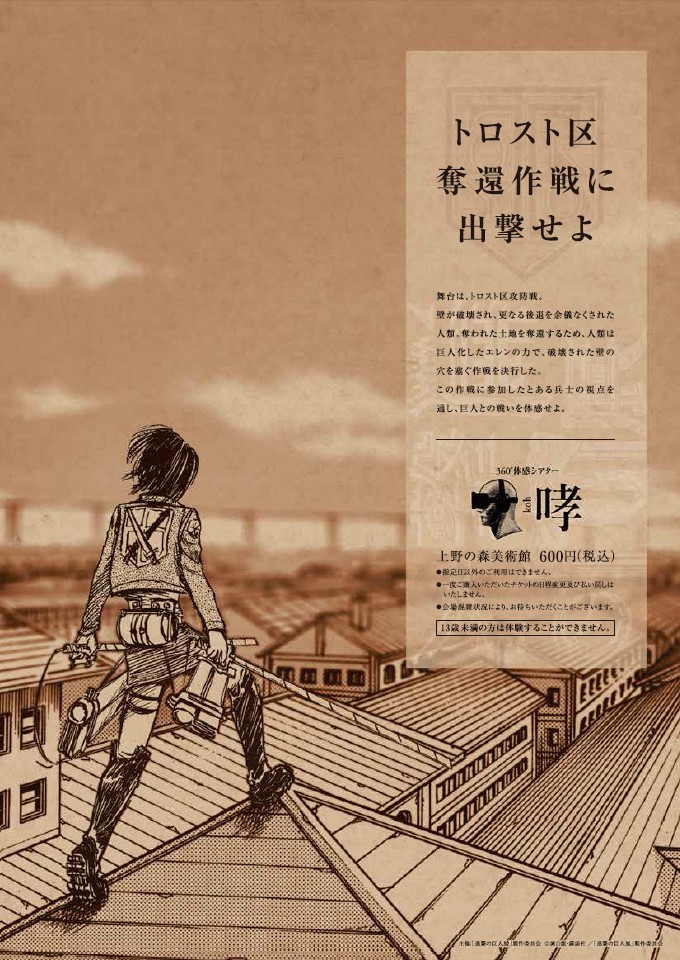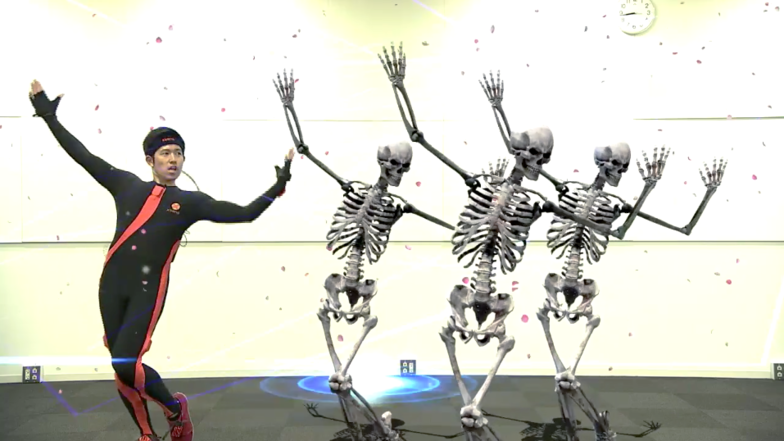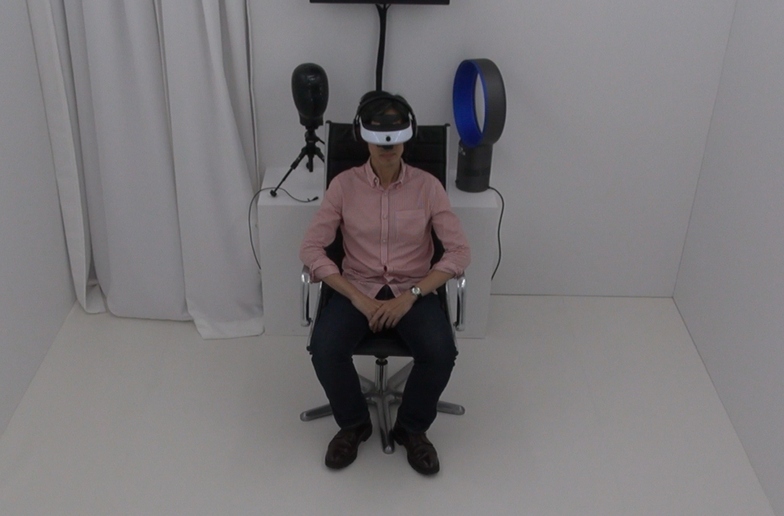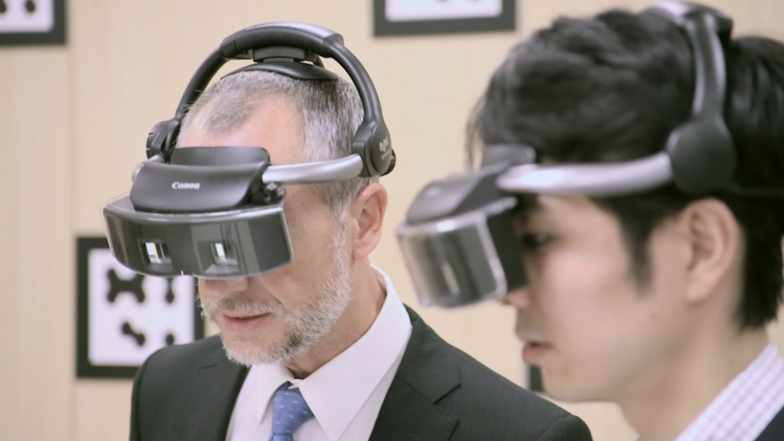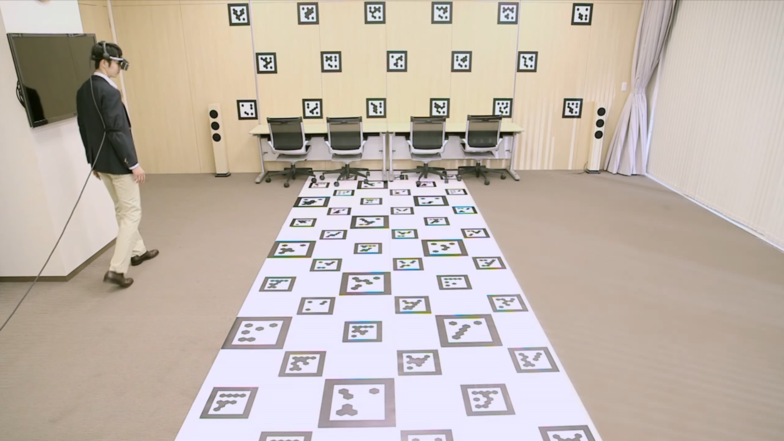Recently, I've had more opportunities to work on projects that utilize various technologies to add changes and effects to real-world spaces. So, for the fifth installment of the "World of Inspiring Technology" column, I'd like to write about technologies that extend reality.
What is "Real Technology"?
It's said that "80% of human perception is visual." But have you ever watched a horror movie with the sound off? The fear feels about half as intense compared to watching with sound. Other senses like hearing also greatly influence the impressions and emotions people receive. I believe the same applies to inspiration. Watching recorded footage of an outdoor festival at home pales in comparison to the profound inspiration felt when actually attending with friends, immersed in nature and experiencing the music firsthand. I think immense inspiration arises from real-world settings where all senses are heightened.
So how does the emotion generated by technology compare to that of such real-life experiences? No matter how precisely you create images or CG, they cannot match the real place or experience. No matter how much technology can dominate your sight or hearing, it cannot match a real place that appeals to all your senses. No matter how far it goes, reality mediated by technology remains virtual, and the experience there is a "simulated" one.
You might think, then, that virtual reality and the technology creating it are unnecessary. No, that's not the case. Quite the opposite, in fact. It's precisely because someone was moved by a simulated European travel experience on an Oculus Rift that they decide to actually go to Europe and visit the place. AR (augmented reality) allows a Vocaloid idol to perform dances on stage that look like a real person, making the live venue even more exciting and creating a greater sense of wonder. In this way, I believe that the wonder created by technology can sometimes make us more drawn to the wonder of real-life experiences, or amplify the wonder of real-life experiences many times over. It becomes crucial to carefully consider how and what to augment, and to select the optimal technology for expression.
Considering "◯R"
You might wonder what "◯R" refers to, but recently, various technologies have flooded the market under the "◯◯◯Reality" umbrella. VR, AR, SR, and MR. To be precise: Virtual Reality (VR), Augmented Reality (AR), Substitutional Reality (SR), and Mixed Reality (MR). I'd like to introduce each of these technologies one by one and also touch on what they make possible.
<VR: Virtual Reality>
VR is the technology that creates environments resembling "reality" through devices like the Oculus Rift, which we've previously featured in this series. Examples are steadily increasing, such as the 360° immersive theater "Howl" at the Attack on Titan exhibition.
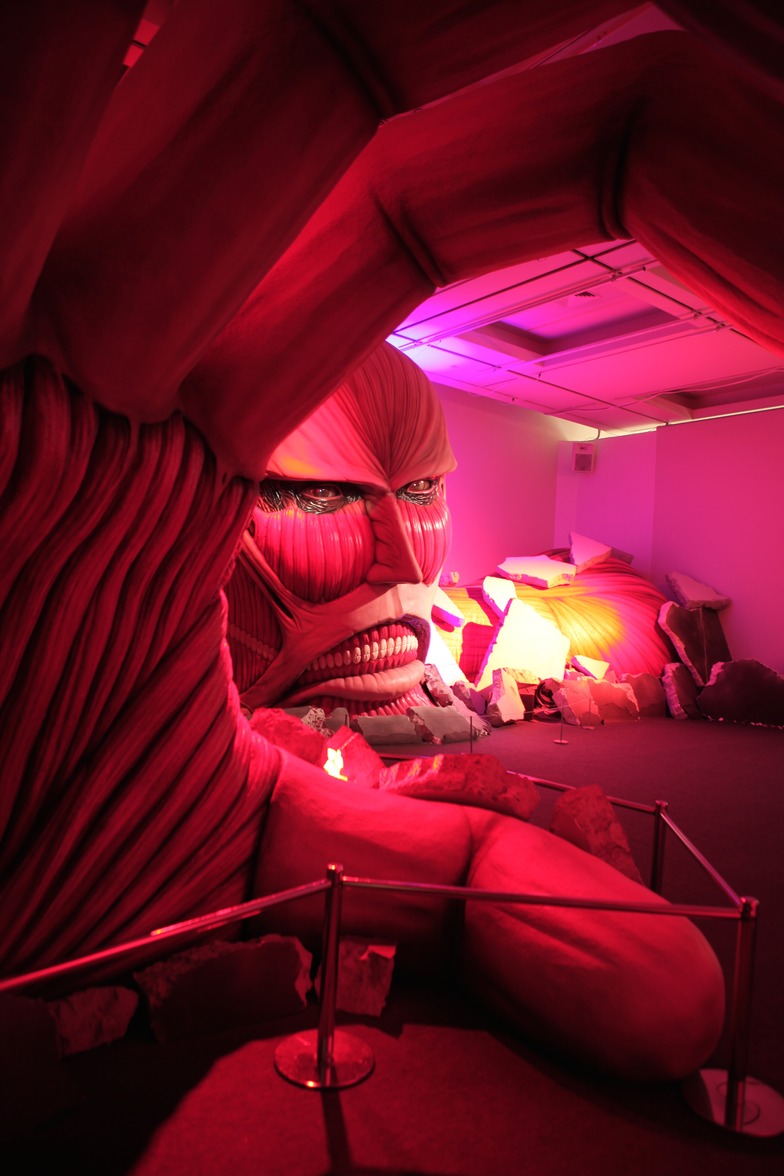
©Hajime Isayama, Kodansha / "Attack on Titan Exhibition" Production Committee
<AR: Augmented Reality>
AR refers to technology that transforms "reality" into a computer-enhanced environment. It is widely used via apps on smartphones and tablets and is already employed in various settings such as corporate promotions and exhibitions.
<SR: Substitutional Reality>
A mechanism that can substitute the "reality" with a pre-prepared one without the person noticing is called Substitutional Reality technology (cited from RIKEN's website). Development continues today, starting with a public experiment at Sony's HMZ booth at the Tokyo Game Show.
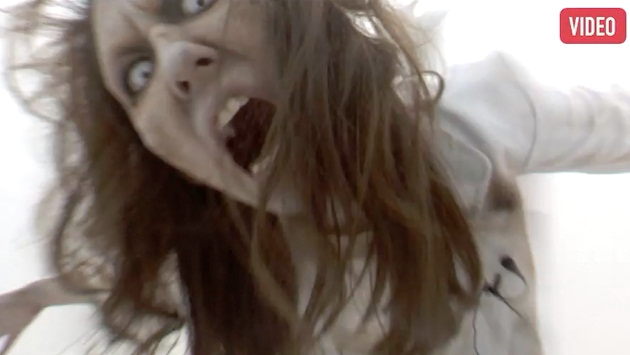
Using past footage to secretly replace scenes of "reality"
<MR: Mixed Reality>
Finally, MR is a technology developed by Canon that merges "reality" with the virtual world. ISID and others handle sales, and its adoption is progressing in product development and educational settings.
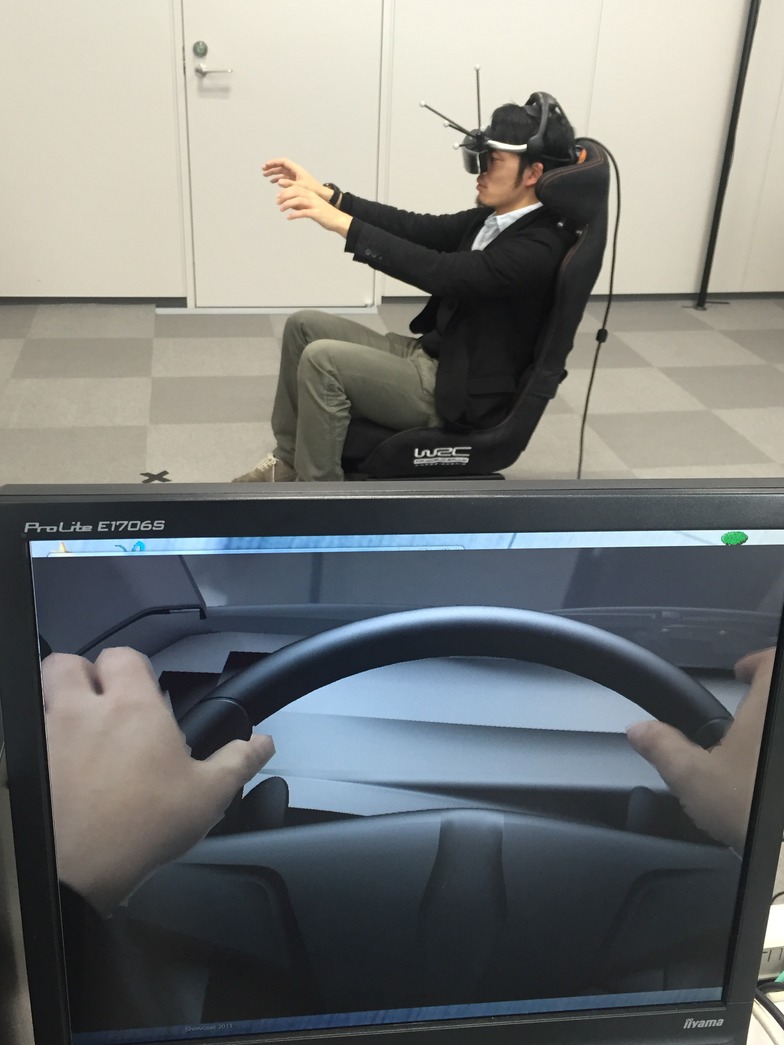
The author experiencing MR

Head-mounted display (HMD) users can experience the sensation of having objects right before their eyes
What kind of "reality" do you want to show?
The "realities" that can be shown and realized using the aforementioned "◯R" technologies can be divided into the following three categories.
⑴ A "reality" you might be able to experience if you tried
There are many "realities" in the world that people cannot visit or experience due to lack of time, money, or ability. Yet, somewhere in the world, someone is experiencing that very "reality." Technology makes it possible to vicariously experience such coveted "realities."
For example, someone who lacks the time or money to travel abroad but still wants to vicariously experience a trip might use an Oculus Rift for a 360° VR landscape. Someone eager to test-drive a car nearing completion might use MR for a virtual test drive.
⑵ The impossible "realities" we long to experience
Most "◯R" experiences are computer-generated visual creations. They can bring to life figures from the past who no longer exist, imaginary creatures, or undeveloped products. They enable us to experience sensations unavailable in our lived world—a different kind of "reality" that doesn't exist here.
For example, those who wish to experience events that occurred long ago at a specific location as if they were happening now might consider using Oculus for SR. For those who want to hold live concerts where Vocaloid idols like Hatsune Miku sing and dance with truly human-like movements, utilizing AR could be an option.
⑶ A "reality" where information is visualized to enhance experiences
Information surrounds us everywhere, yet only a fraction is visually perceptible. Visualizing the background information behind people and objects expands our choices, making daily life and work smoother. Technology enables this "reality" where the visible part expands.
If emergency responders could instantly visualize a patient's condition and medical history, treatment would become much smoother. AR powered by Google Glass could make this world a reality. In fact, pilot programs are already underway in the United States.
What do you think? Technological development will likely continue, creating new terms like "◯R" and innovative ways of presenting information and technologies. That's precisely why we must clearly define what "reality" we want to show and what we want to focus on. We need to accurately grasp the characteristics of existing technologies and select the optimal approach. We believe this will lead to profound inspiration.
Dentsu Inc. Experience Technology is a technology group actively creating unprecedented emotional experiences (experiences) by combining various technologies, both digital and analog.
Even ideas that seem impossible to realize may find a path to implementation through technology.
Feel free to contact us at et-info@dentsu.co.jp (Attn: Yoneyama/Murakami) with any opinions, inquiries, or consultations.

